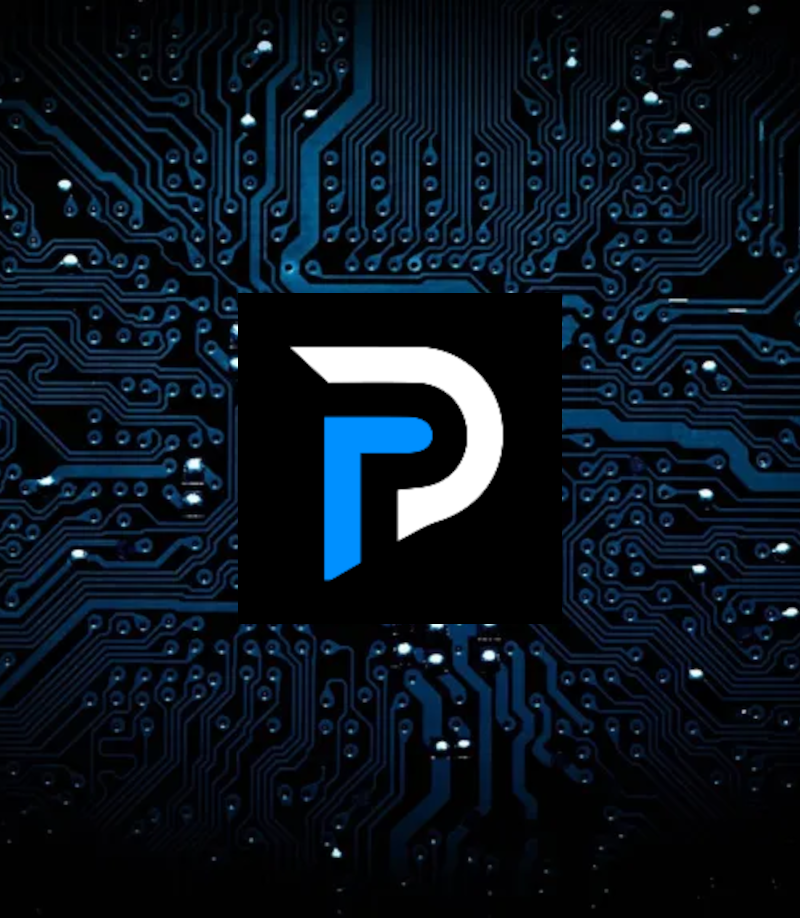The Rise of Real-World Assets: Bridging Digital and Physical Value
The blockchain industry has long been associated with volatility and speculation — but a fundamental shift is taking place. A new movement, centered around Real-World Assets (RWAs), is transforming how traditional value is stored, traded, and accessed. These assets represent the next frontier where blockchain meets tangible economic foundations.
Real-World Assets are physical or financial instruments — such as real estate, commodities, bonds, or art — that are tokenized and recorded on a blockchain. This process converts ownership rights into digital tokens, making historically illiquid and exclusive investments available to anyone, anywhere. What once required lawyers, brokers, and weeks of paperwork can now happen in seconds through smart contracts.
Why Real-World Assets Matter
Liquidity and Flexibility: Traditionally, selling real estate or fine art involved lengthy approval processes and intermediaries. Tokenization changes that, allowing assets to be divided into smaller fractions and traded instantly. This brings flexibility to markets that were once rigid and slow.
Accessibility and Inclusion: Through fractional ownership, tokenized assets open the door to investors who previously couldn’t afford participation. A prime property, luxury collectible, or income-generating bond can now be owned in fractions, democratizing wealth creation on a global scale.
Transparency and Security: Each tokenized asset is recorded immutably on the blockchain, ensuring clear provenance and reducing fraud. Buyers can verify authenticity and ownership instantly — a stark contrast to opaque traditional systems.
Automation and Efficiency: Smart contracts enable automatic distribution of dividends, rent, or interest payments without third-party oversight. This streamlines administration, reduces costs, and increases trust among participants.
The Bigger Picture
Institutional investors are taking notice of RWAs as blockchain matures beyond speculation. Financial giants, real estate developers, and even governments are exploring how to bring trillions of dollars in global assets onto decentralized systems. Regulatory agencies are beginning to craft frameworks that protect investors while encouraging innovation — signaling that mainstream adoption is no longer a question of “if,” but “when.”
For investors, Real-World Assets represent blockchain’s evolution from digital promise to tangible utility. This shift unlocks an unprecedented blend of liquidity, accessibility, and transparency — proving that blockchain’s greatest impact may not be in reinventing finance, but in redefining how we interact with the real world itself.
